Most countries have the odd attraction or two that get somewhat over-hyped. In Japan, Amanohashidate would fit that description. A place with an almost mystical/spiritual appeal to the Japanese, and which draws tourists in the thousands, we dropped by on our way from Ine to Kyoto. Glad we did not make a special trip as we’d have been sorely disappointed – literally a non-spectacular sand bar across a bay near Miyazu. Perhaps though, that brief disappointment was all meant to be since the rest of the week brought us all the splendour of Kyoto and Nara, a wonderful reconnection in Osaka with my old boss of 35 years ago, a full service of our vehicle (after an initial struggle) and a nostalgic visit to our old stomping ground in nearby Kobe.
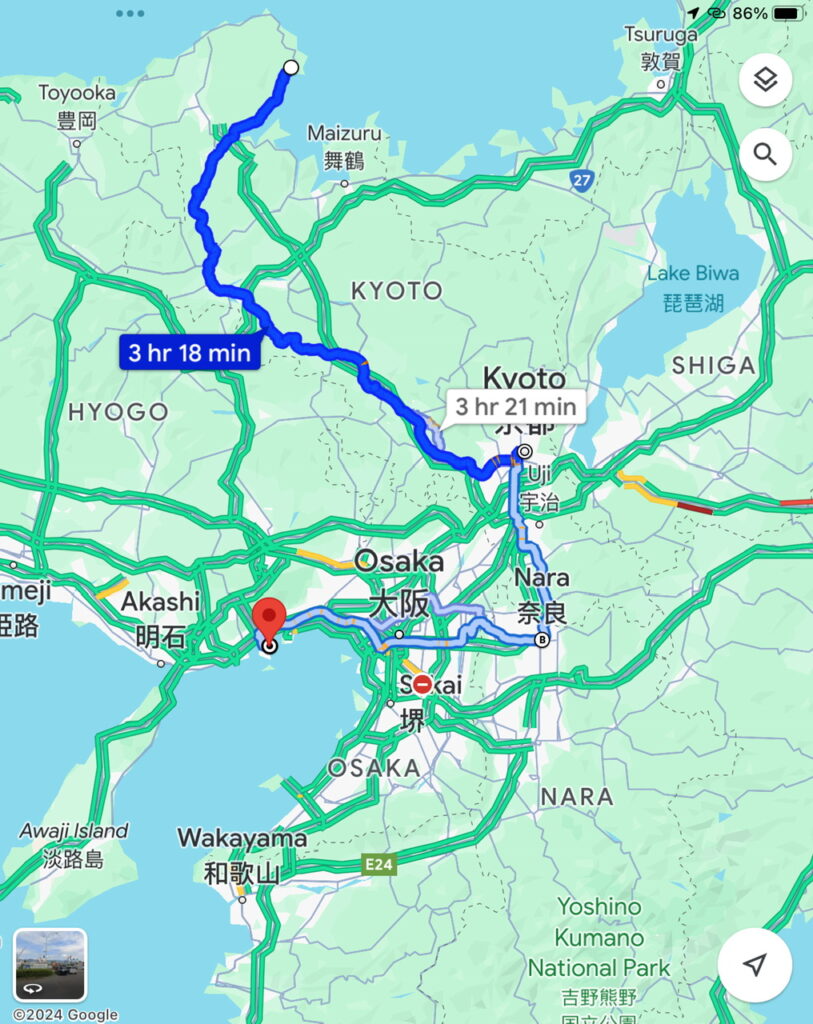
Unlike Amanohashidate, Kyoto, (Japan’s cultural heart and former capital) very much lives up to the hype – most visitors justifiably spend days visiting its historic shrines and temples, quaint backstreets and excellent shopping options. We limited our re-visit to a few of our old favourites, Kinka Kuji still topping that list – both of us consider it our favourite Japanese shrine/temple. It was just astounding to see the number of foreigners there ( and at other Kyoto sights ) during this visit – at first we thought it was simply because we had been previously travelling in parts of Japan where foreigners are less visible ( was it perhaps that we just noticed them more here ?) but in asking several Japanese merchants, they all confirmed that they have never seen so many foreign visitors in the city as there are at present. They pegged the cheap yen ( “en yasu” in Japanese ) as the driving force. How the world changes – during our time here in the mid 80’s the Japanese business people were all complaining about “en daka” ( the strong yen ). For the first time in many decades, travel in Japan now represents very good value and foreigners are flocking here. More on that in next week’s blog.
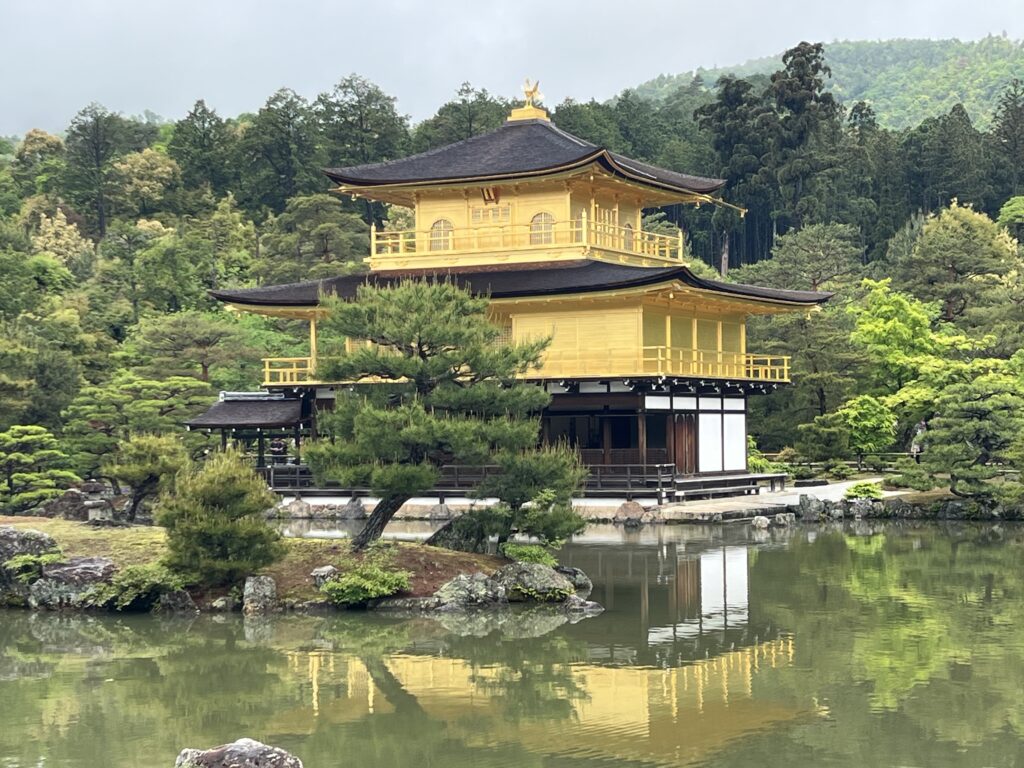
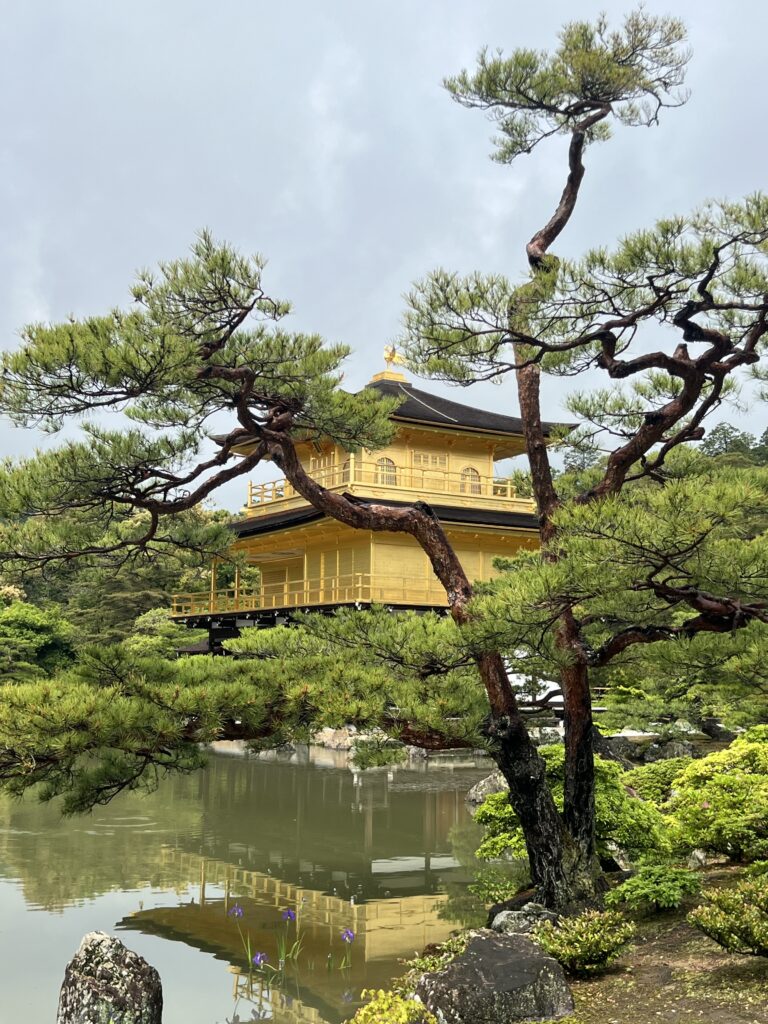
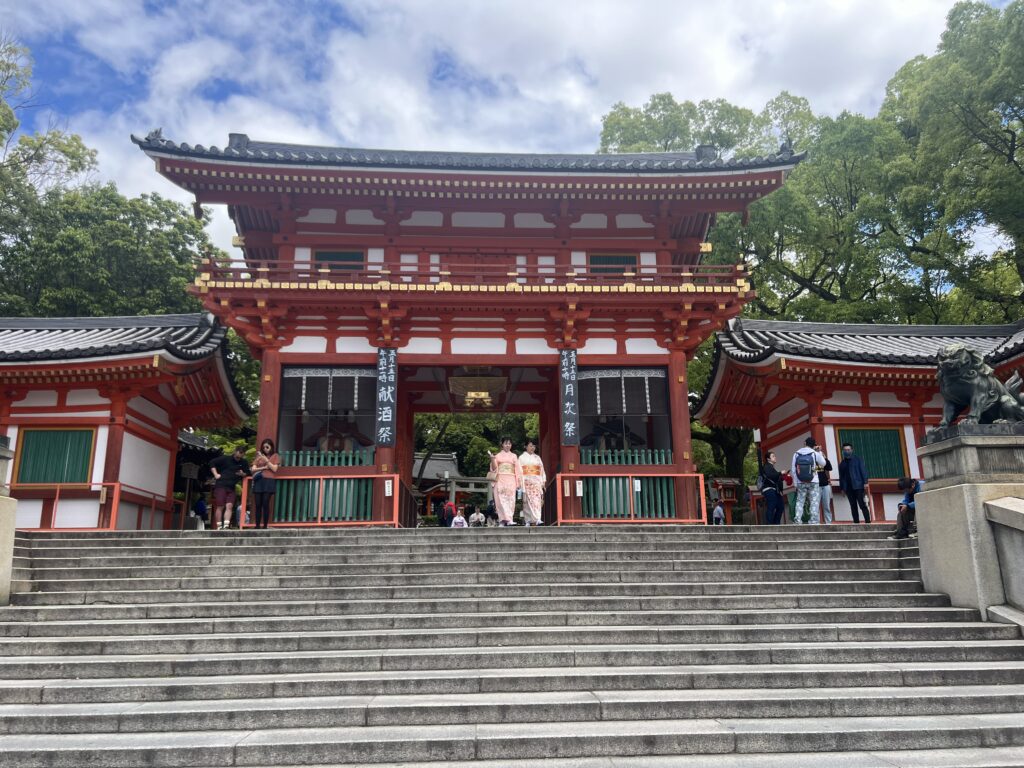
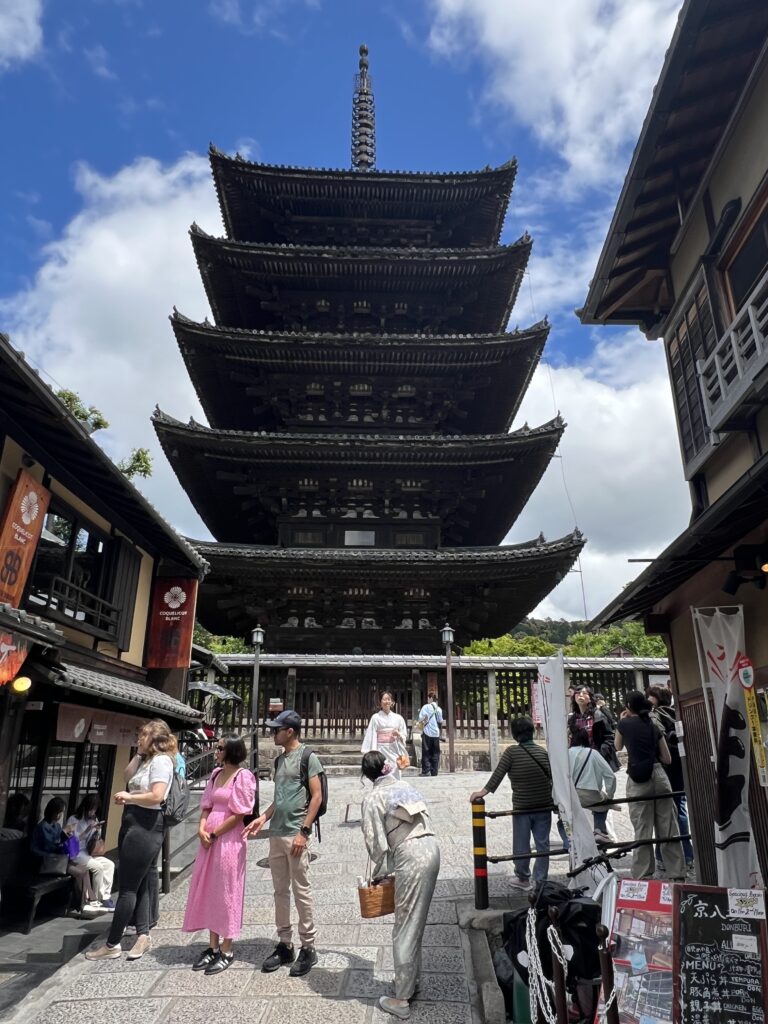
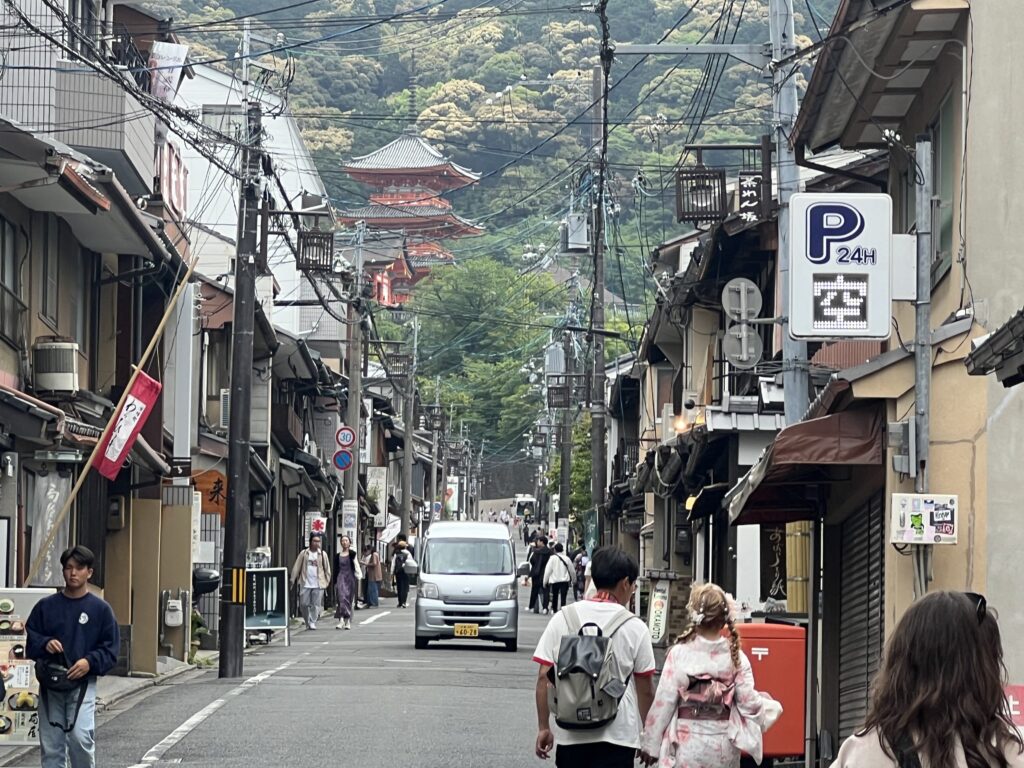
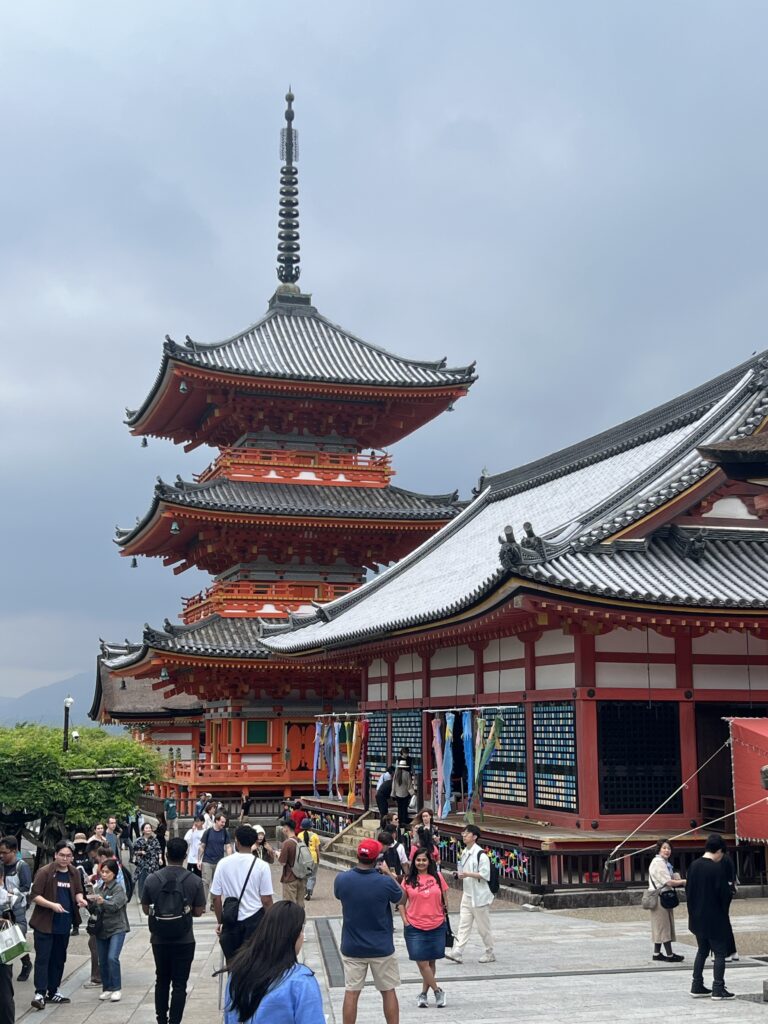
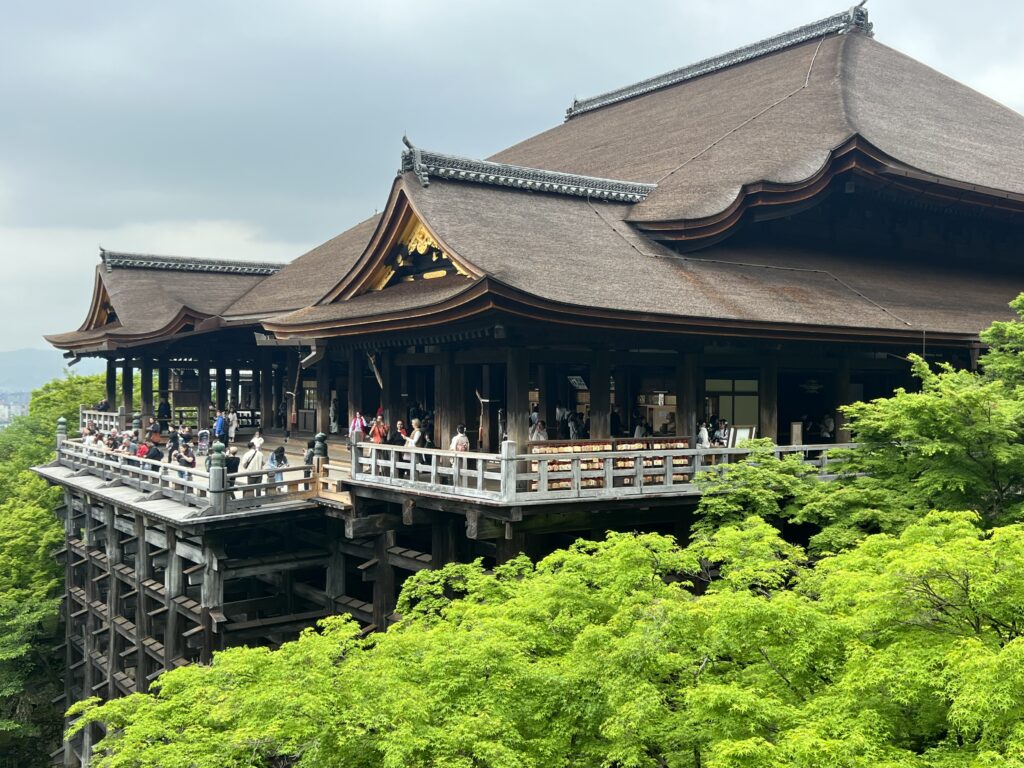
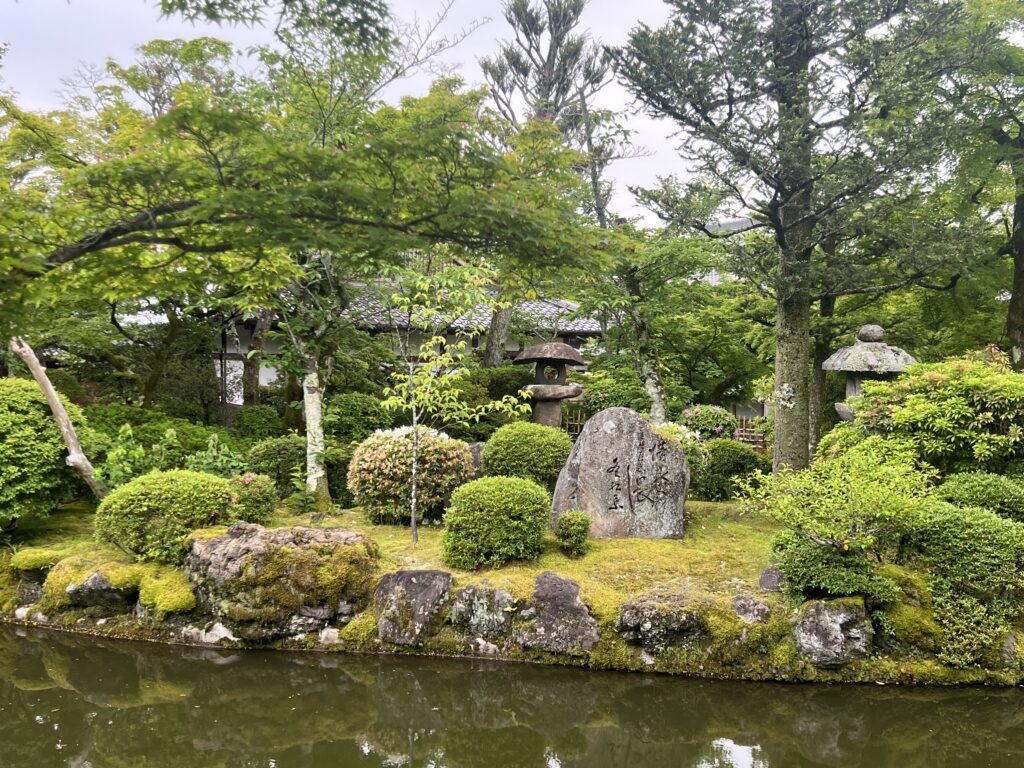
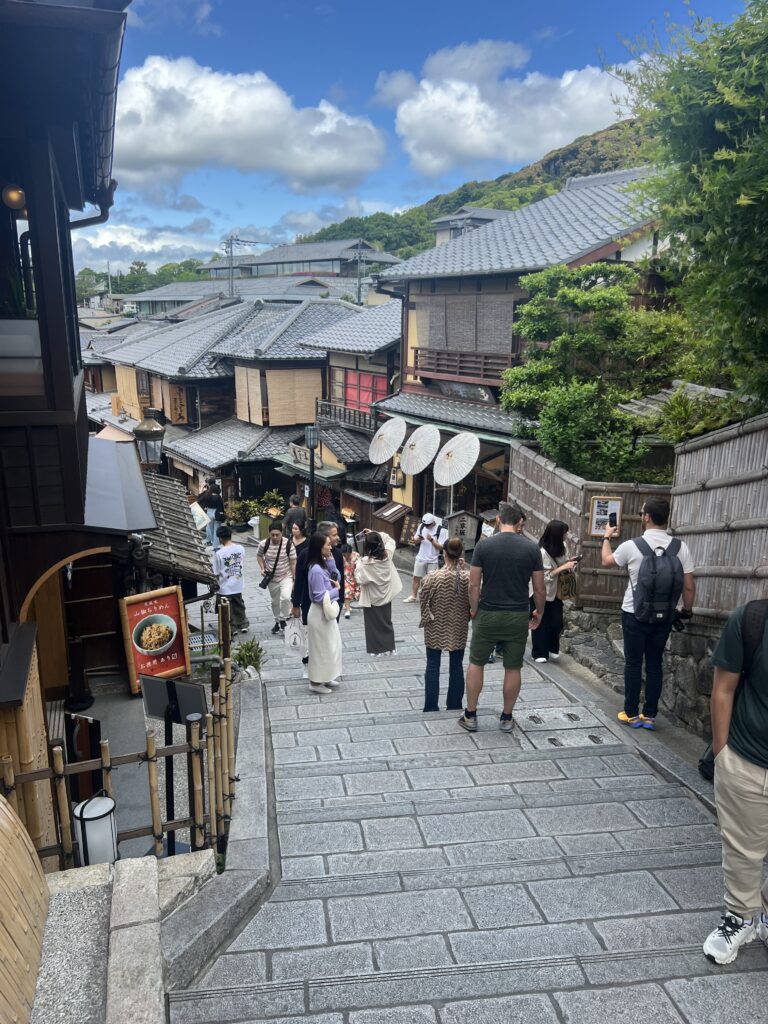
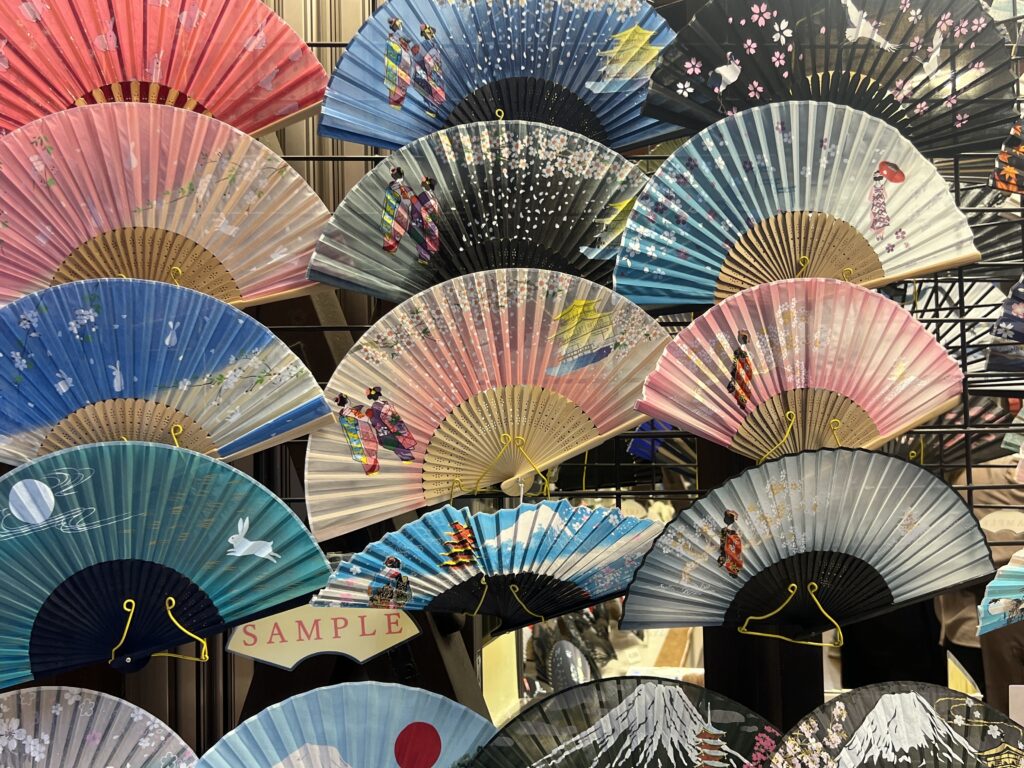
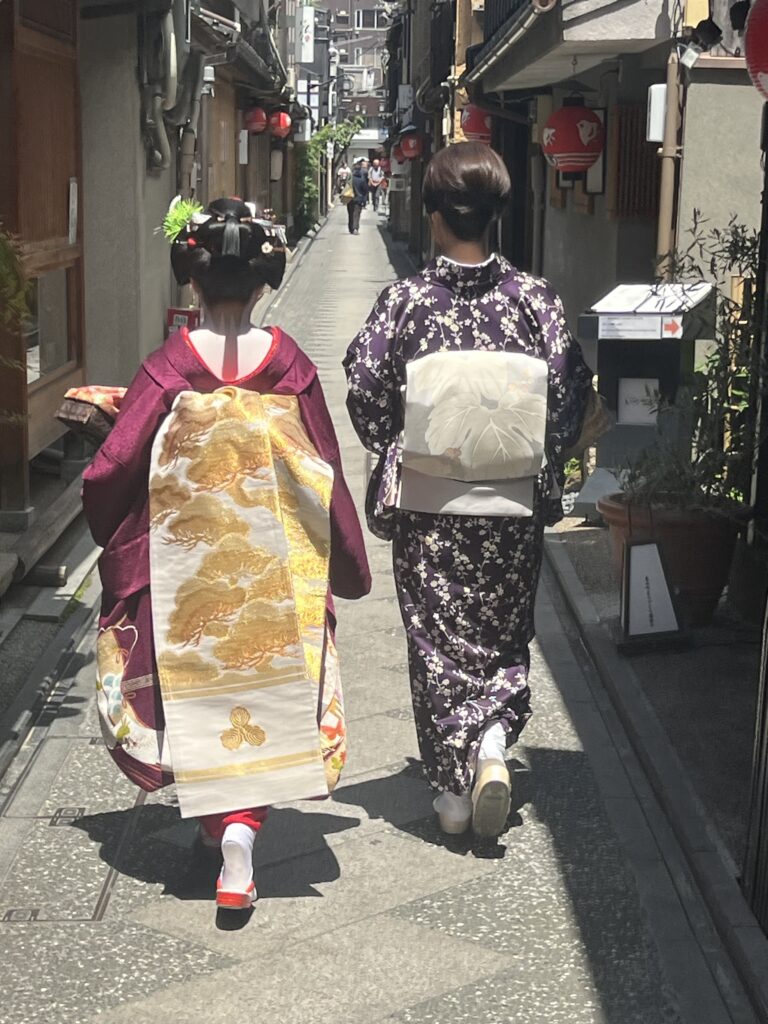
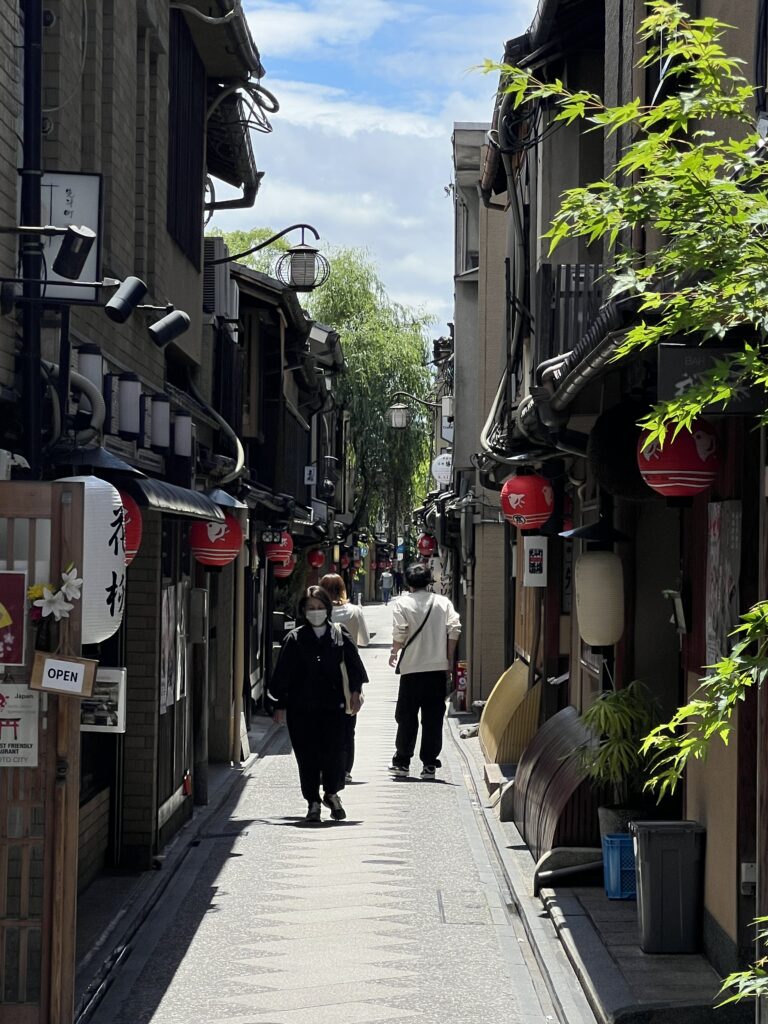
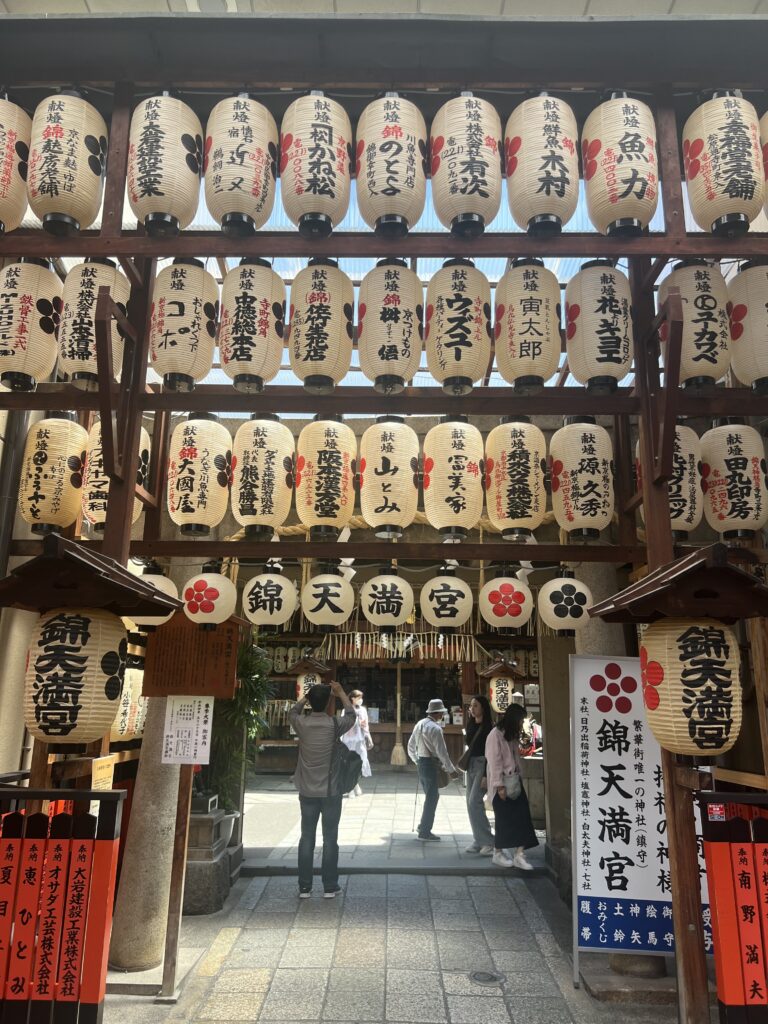
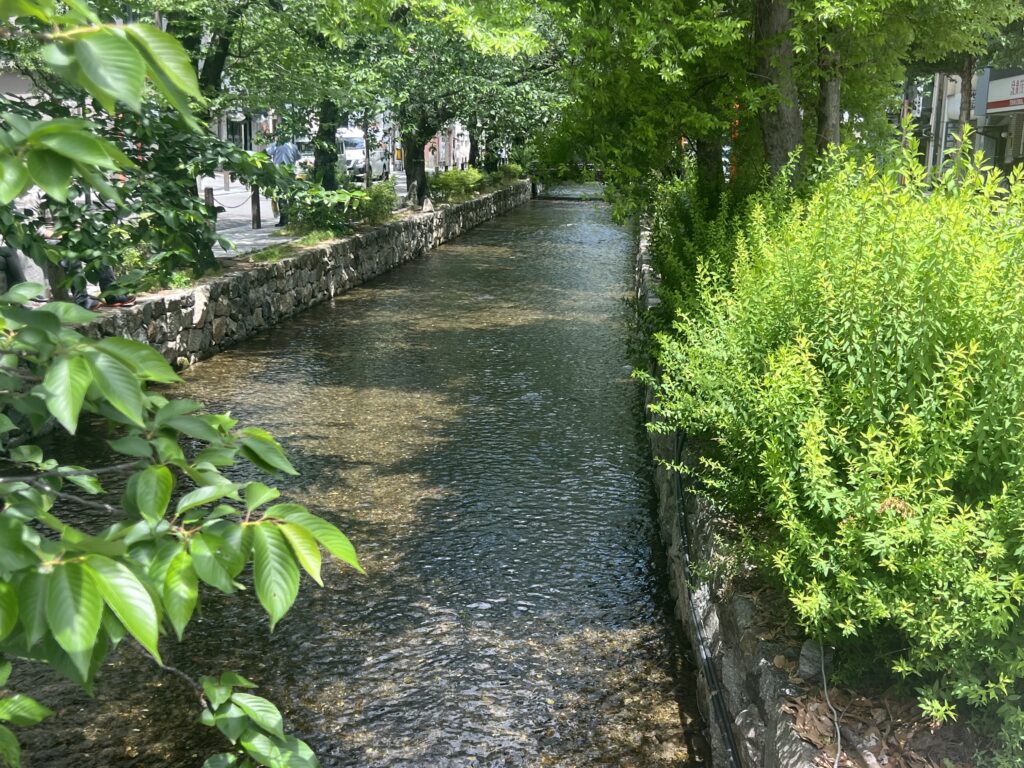
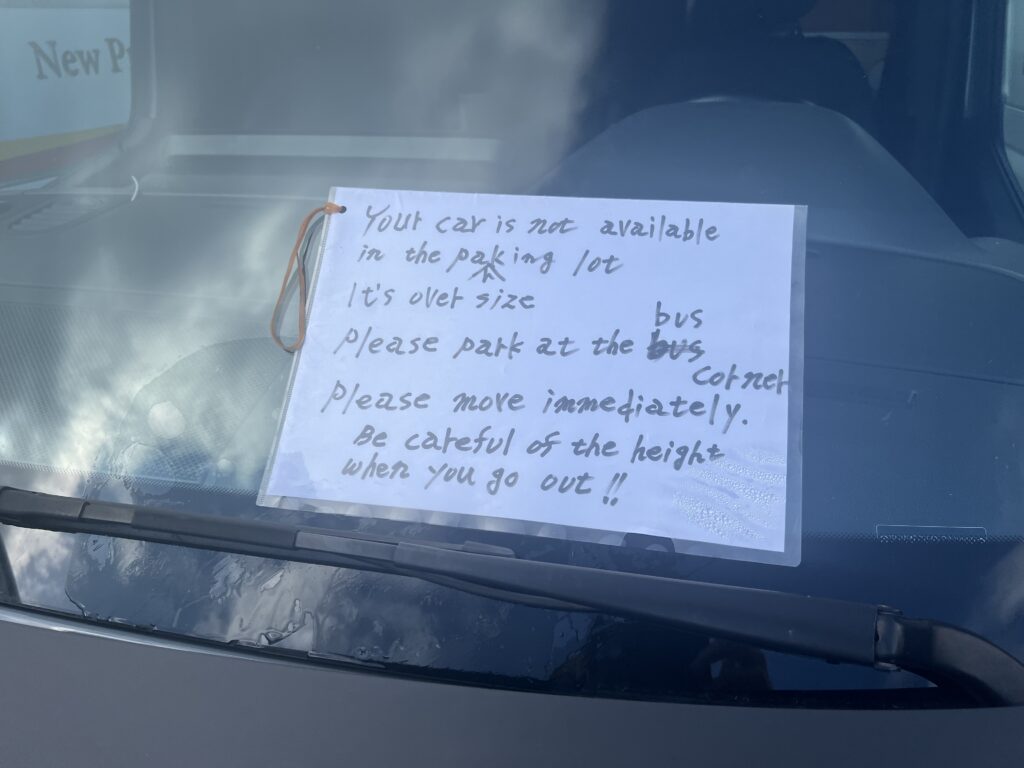
The “service soon” indicator had stated to flash on our van ( we knew it was coming ) and had expected that to be solved with a fairly routine visit to any one of the many Mercedes dealers that can be easily found in all major Japanese cities. We figured Kyoto, one of Japan’s most international cities, would provide good dealer options and some English-speaking staff. Turns out we got two of those three things right – there were indeed several dealers, and the one we approached had a very helpful English speaking staff member (Mr. Isobe), but getting our vehicle serviced would turn out to be far more of an adventure than we had ever anticipated. While the Sprinter van is not a common Mercedes product in Japan ( we’ve not yet seen one on the road ) the V6 diesel engine and transmission it uses are very standard across the Mercedes range and hence the requisite oils and filters would/should be widely available. Indeed they were – but a service bay high enough to accomodate it was not !!! Not, it turned out, only in Kyoto, but nor was one apparently available anywhere in Kobe or Osaka, or, if there was, no dealer was willing to tackle servicing our particular vehicle ! Of course what needed to be done could easily have been done outside the service bay and an exception could easily have been made – but making exceptions to rules are not things that Japanese people tend to like to do. The long and short of it all was that our friendly Mercedes service representative, embarrassed at being unable to assist us “in house”, put us in touch with a local workshop that ( we were told ) specialized in “exotic cars and camper vans” ( a truly odd market combination we thought ). Fortunately, they were close by, able to assist us at short notice, and ( unlike all the Mercedes dealers ) were very happy to take on the challenge. Service completed the very next day ! Phew !
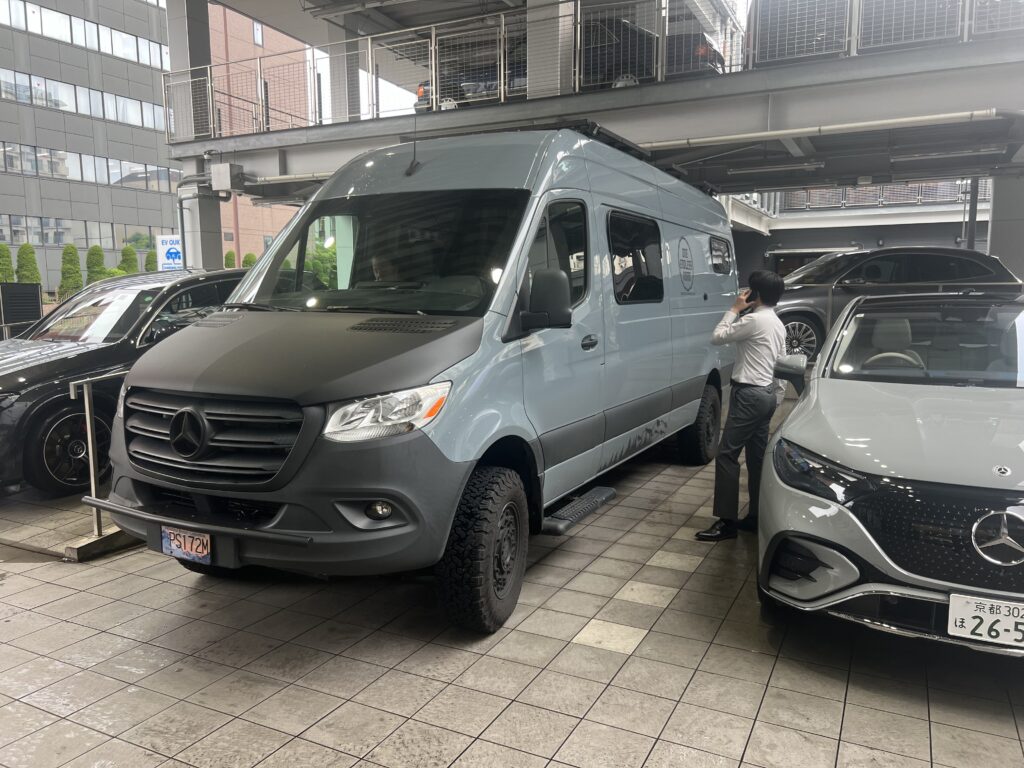
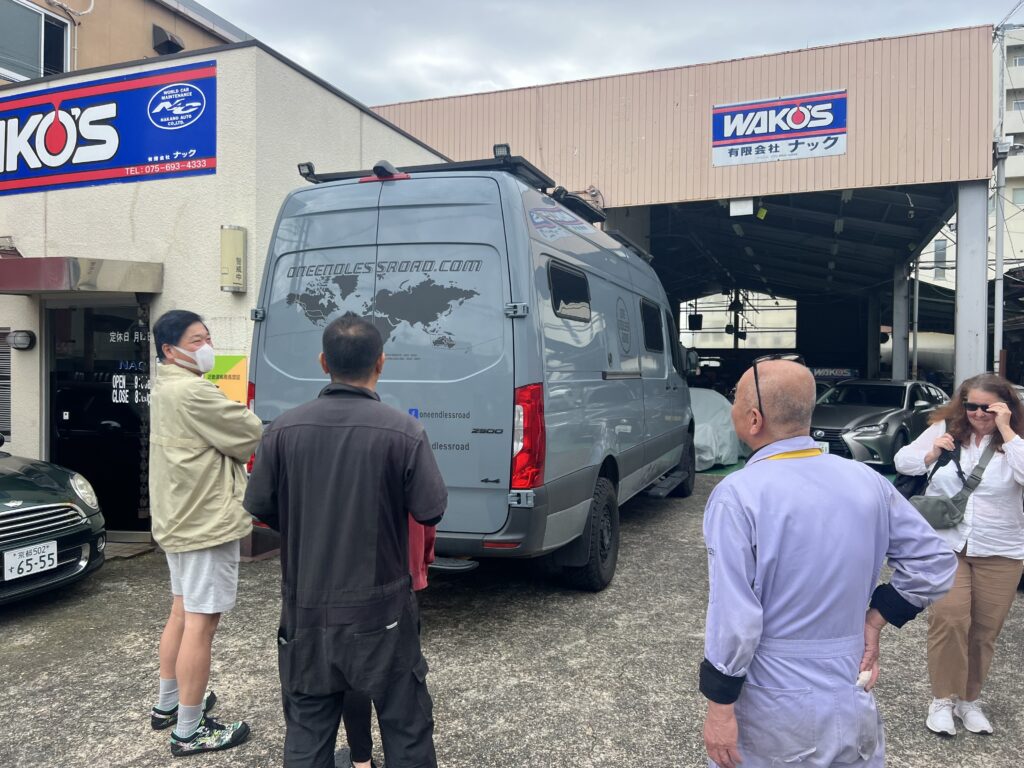

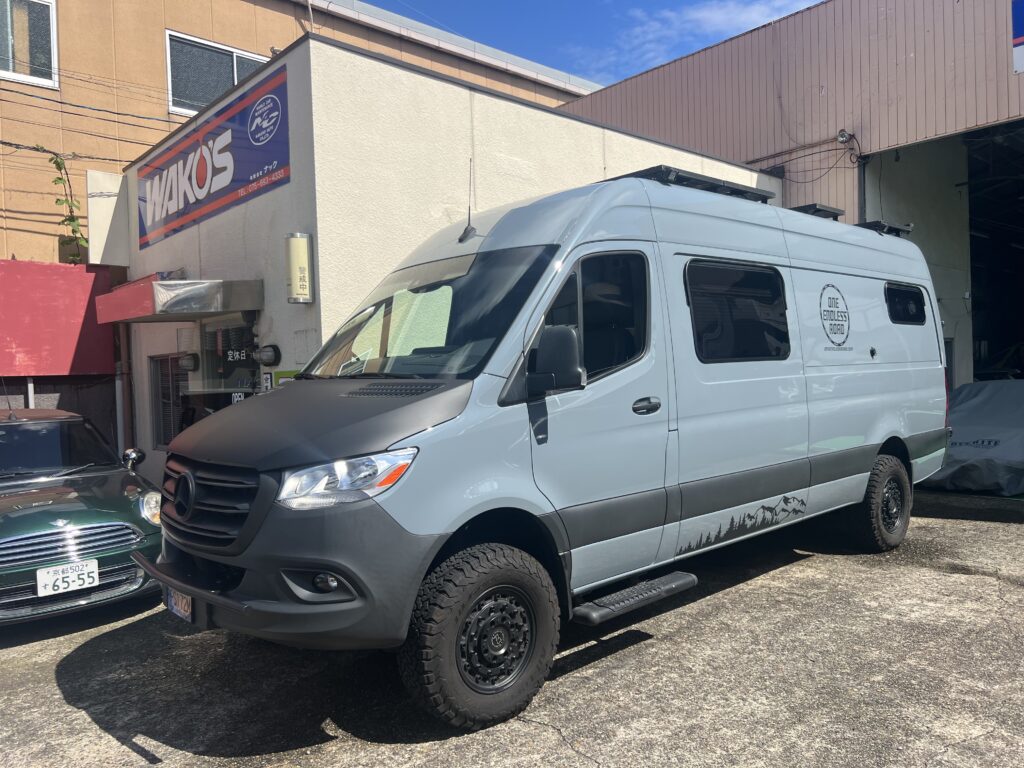
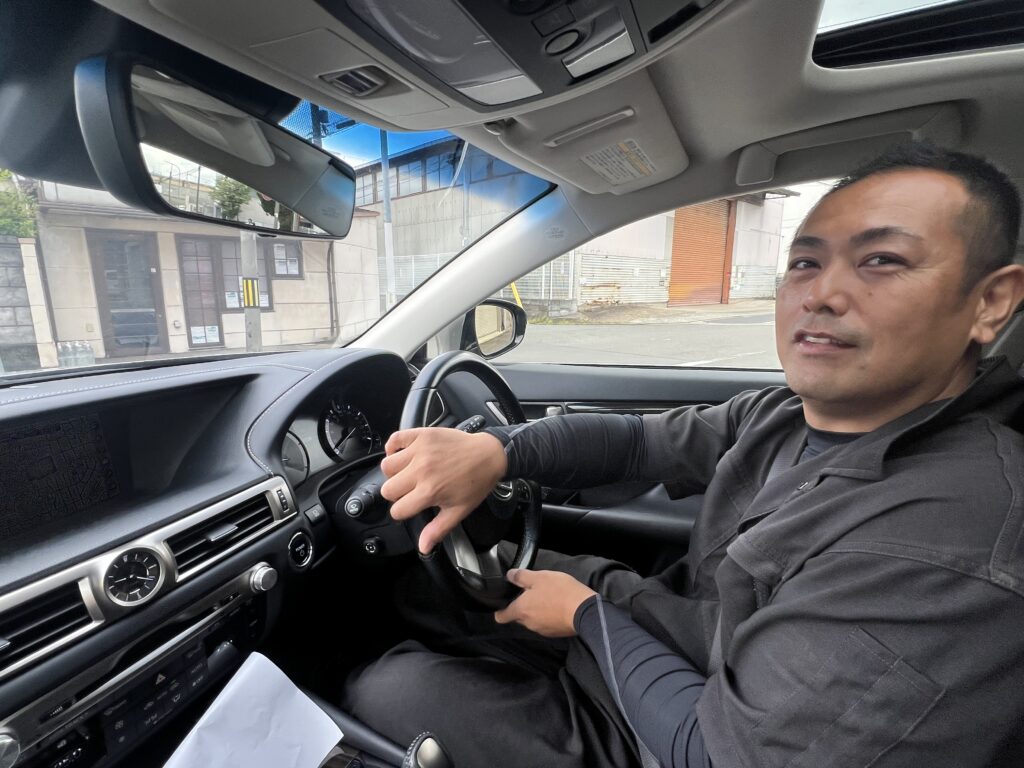
Through a mutual friend I had been able to reach out to and connect with my old boss from our time living in Japan over 35 years ago and it was with much enthusiasm that both Lois and I were looking forward to reconnecting with him while in the area. Maenaka san and his wife, Hideko, had agreed to meet us in historic Nara for a coffee and lunch so we made Nara our next port of call. Now, 35 years is a long time between catch ups so needless to say we had lots to talk about and thoroughly enjoyed both the coffees and the lunch, the experience definitely enhanced by Maenaka san’s choice of venue, the historic Nara Hotel. Nara is very congested and I was concerned where we would park our van but he had that all taken care of and the valet had us parked up right in front of the lobby! Needless to say, our arrival created quite a bit of commotion with the usual, “oki” and “takai” banter ensuing ( “It’s big, it’s high” ). A spectacular lunch, awesome views across Nara Park and great conversations filled the mid-day with subsequent hours spent exploring Nara’s attractions. So wonderful to reconnect after so long.
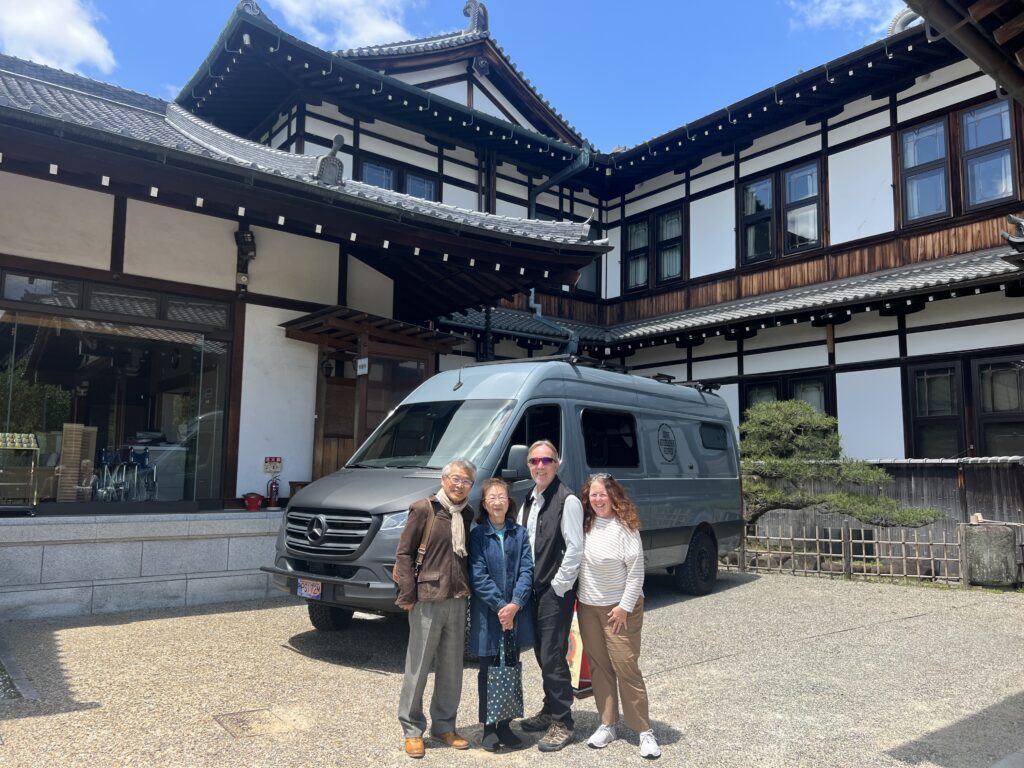
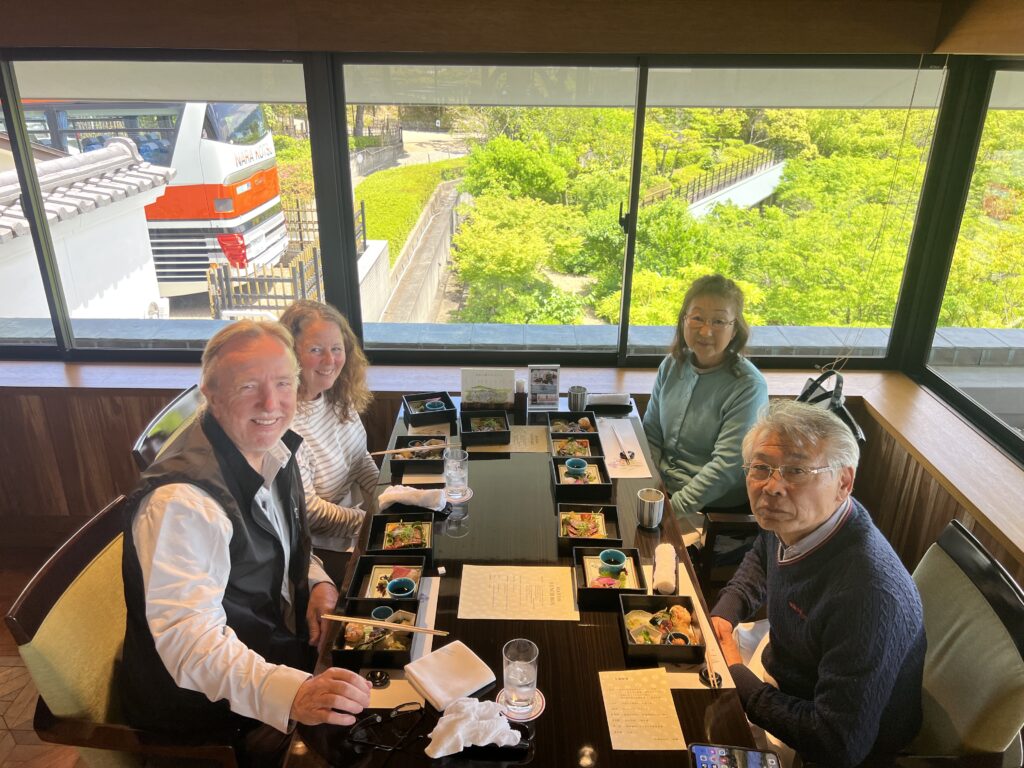
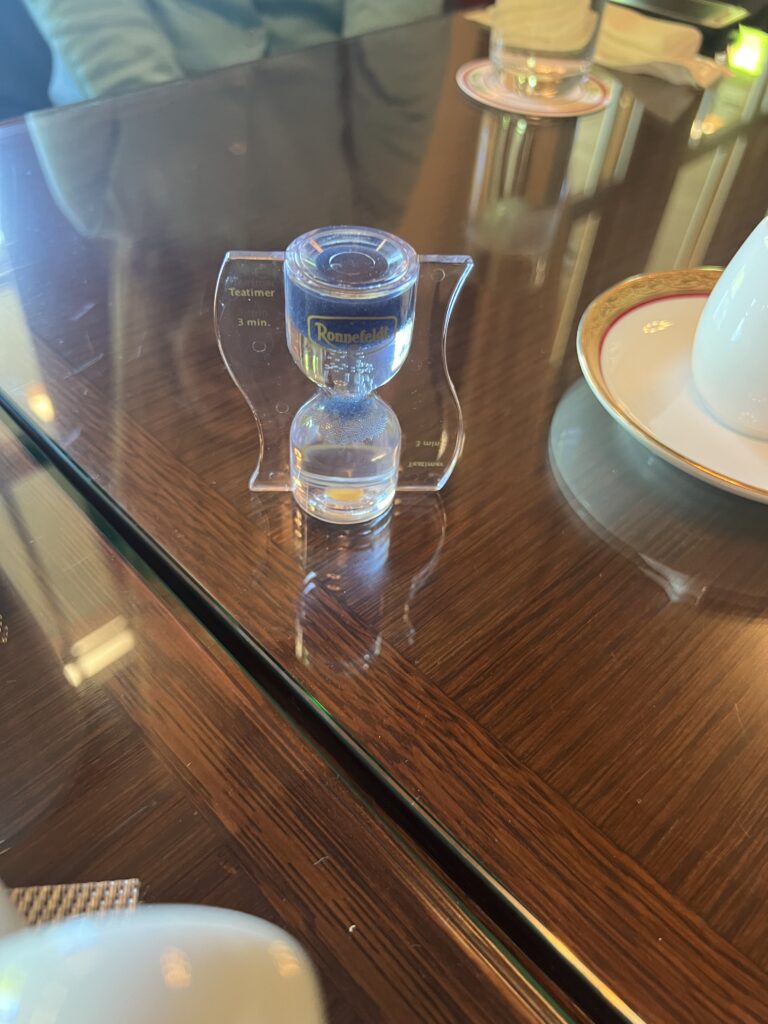
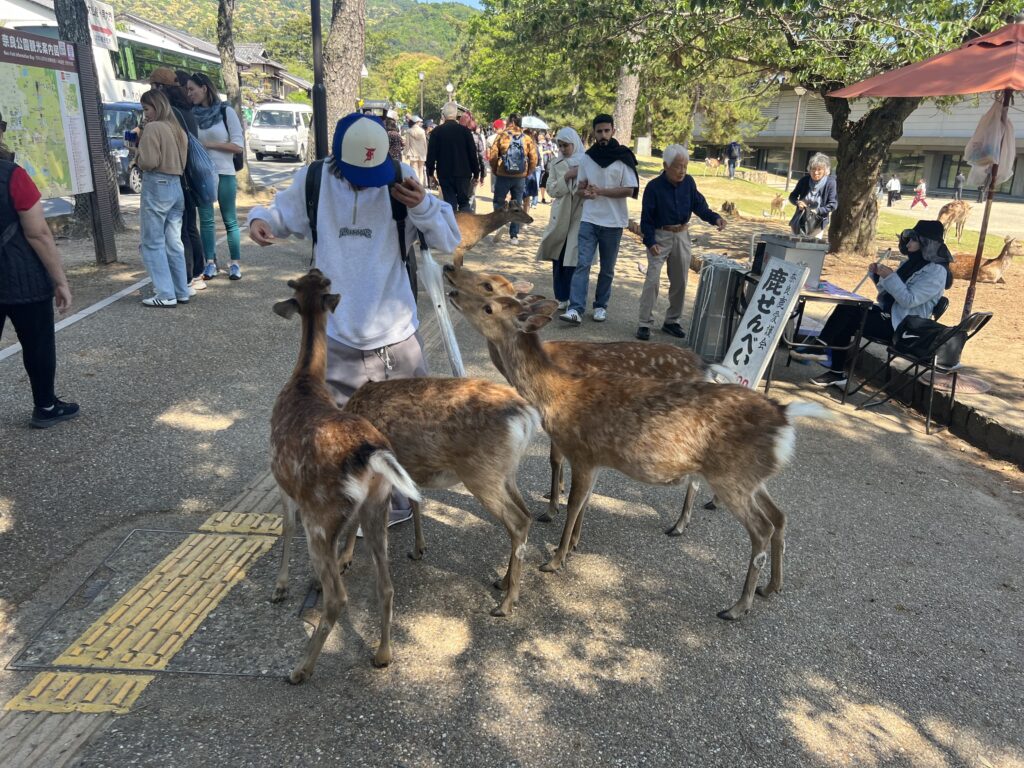
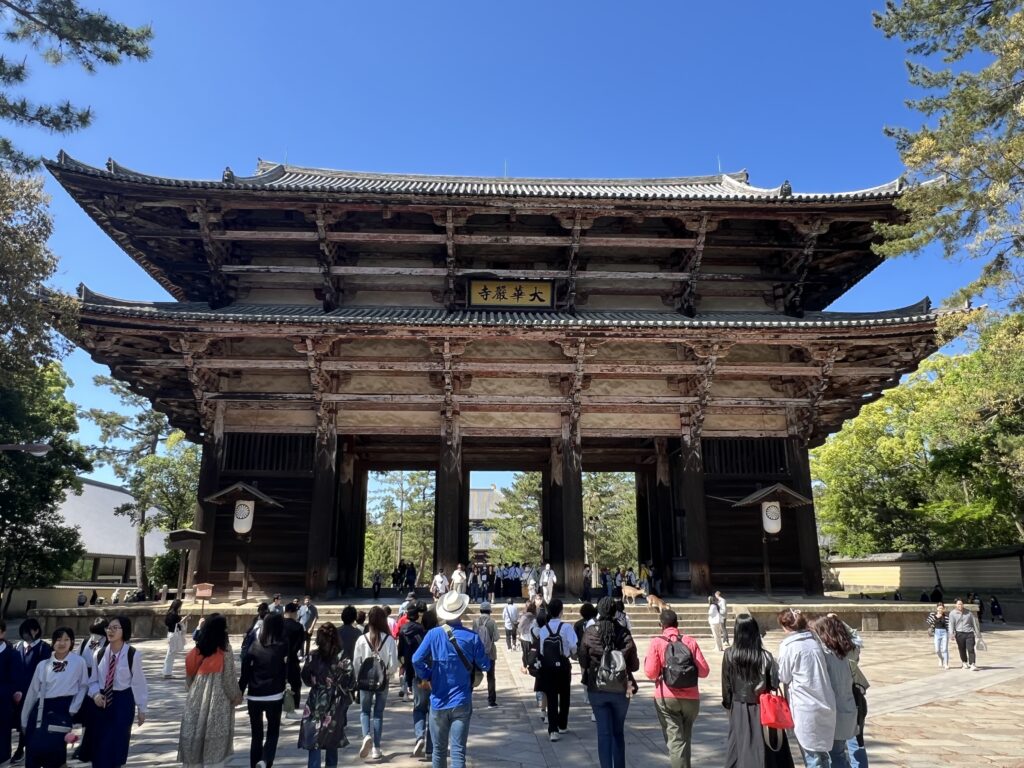
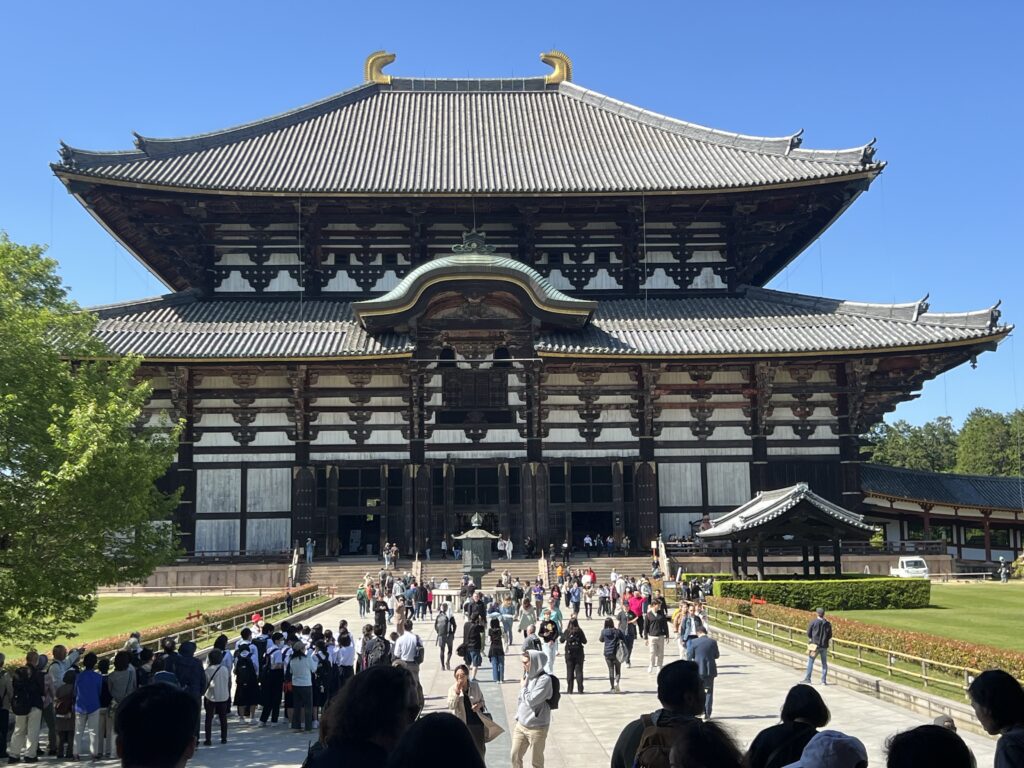
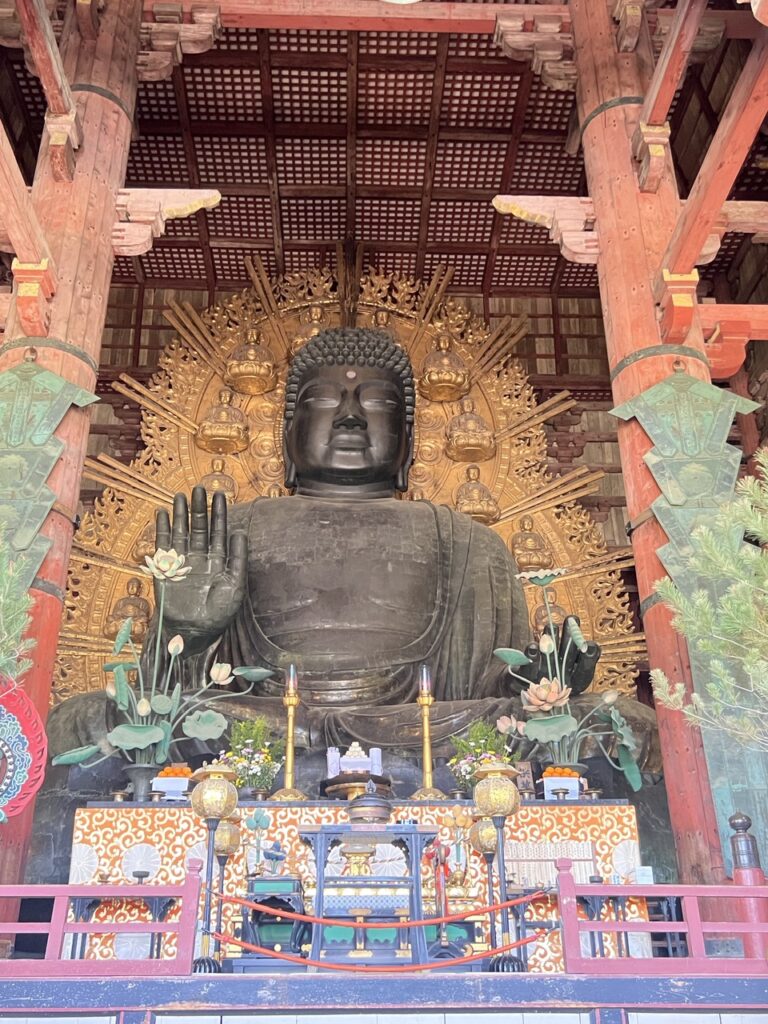
While I had worked mostly in Osaka, we lived ( and Lois worked ) in nearby Kobe. Of course no visit to Japan would be complete without a good walk down memory lane and after navigating some pretty crazy traffic between Osaka and Kobe, we managed to find a great place to park up for the night, high up on Rokko Mountain with a spectacular view over Osaka Bay and the surrounding cities. Probably one of the best camping spots in Japan so far.
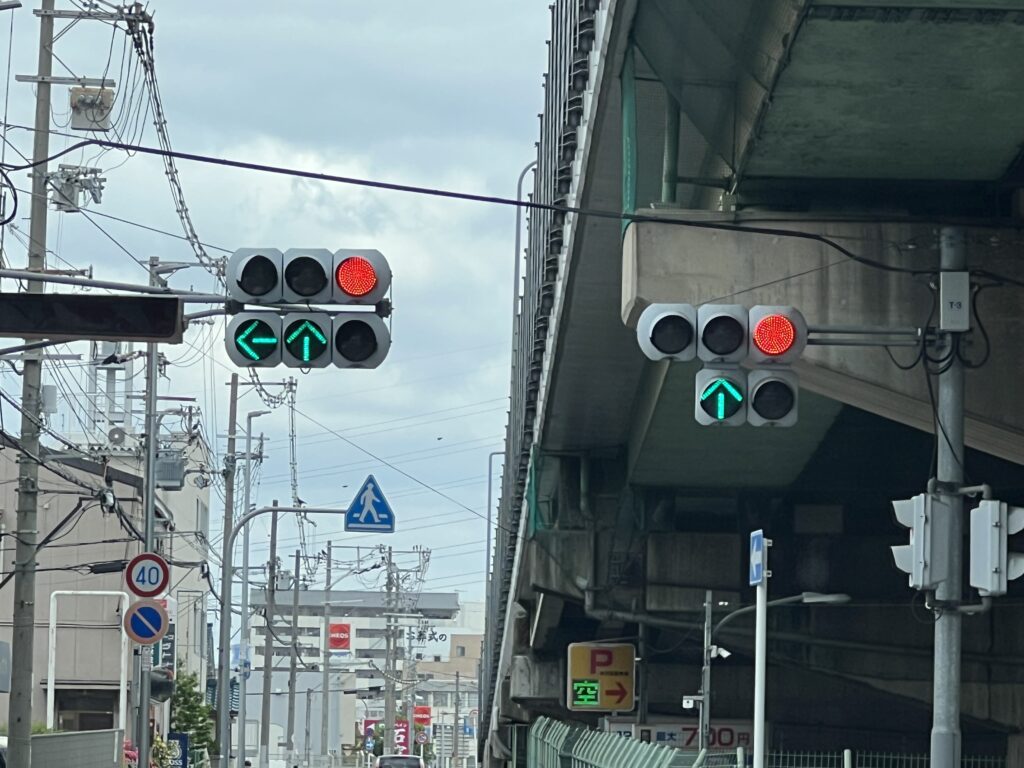
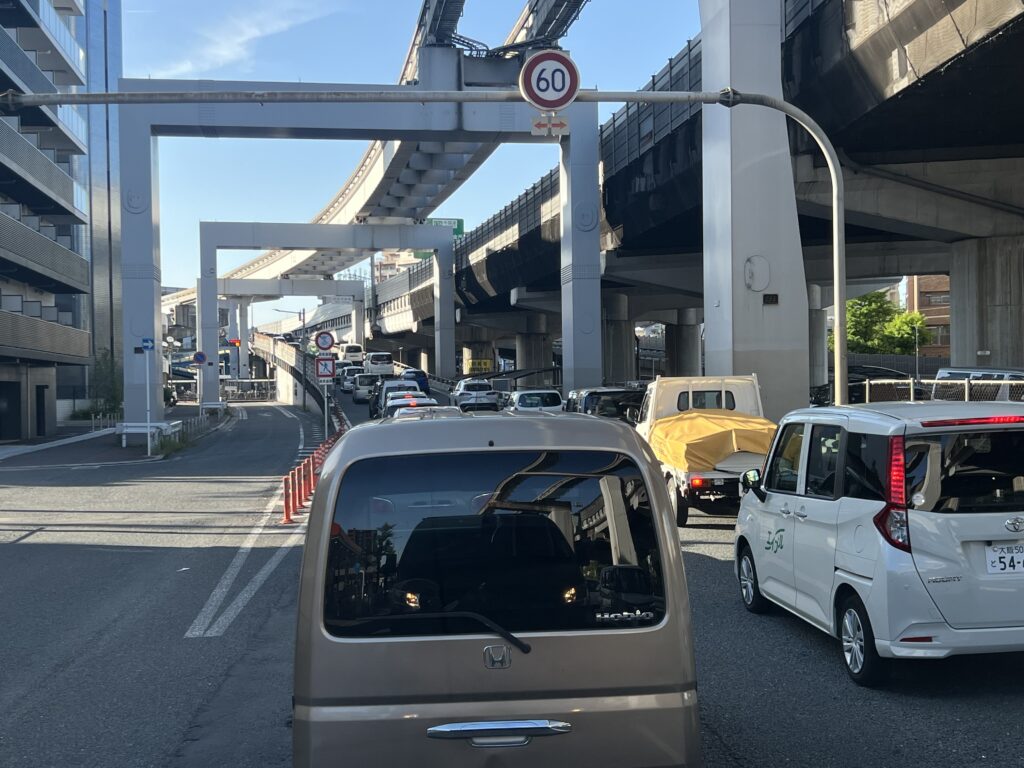
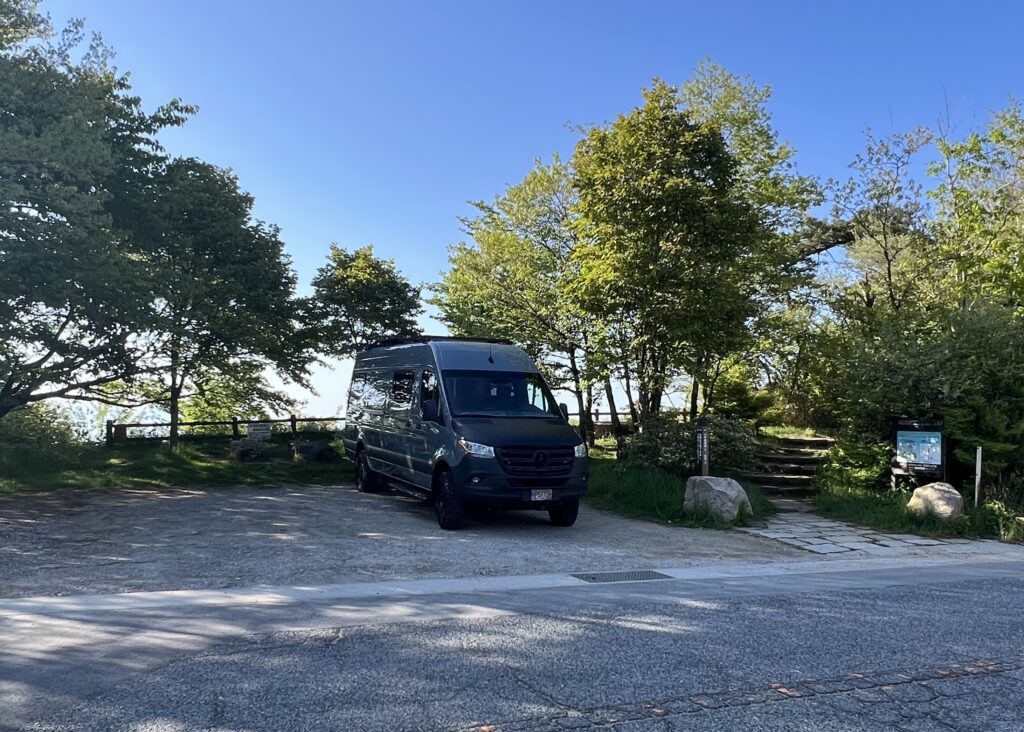
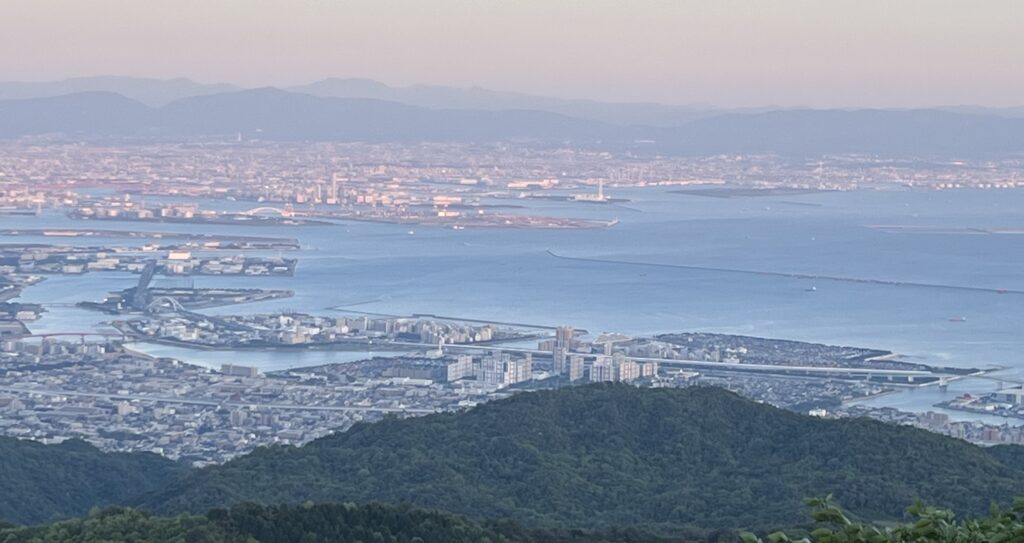
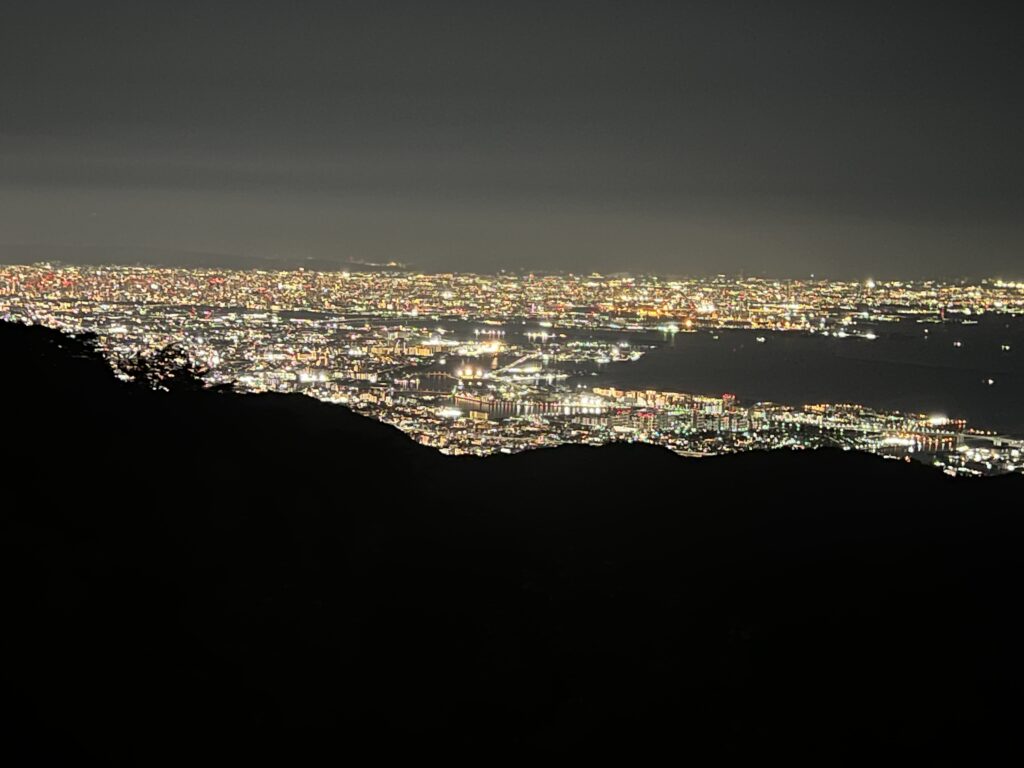
Sadly, the next day in Kobe was a little more problematic. We did manage to stop by and walk around our old neighbourhood and check out our old place (which remains largely unchanged). Given that the great Kobe earthquake occurred in 1995 and damaged much of the city, there was no guarantee our old neighbourhood would look as it did. The difficulty of finding a place to park our vehicle in Kobe meant that we didn’t get to spend as much time as we would’ve liked in the city. Some Japanese cities are just like that. What parking that did exist in the city ( at least that we could find ) was all designed for these new micro cars that everybody seems to be driving in Japan ! No room for us 😔.
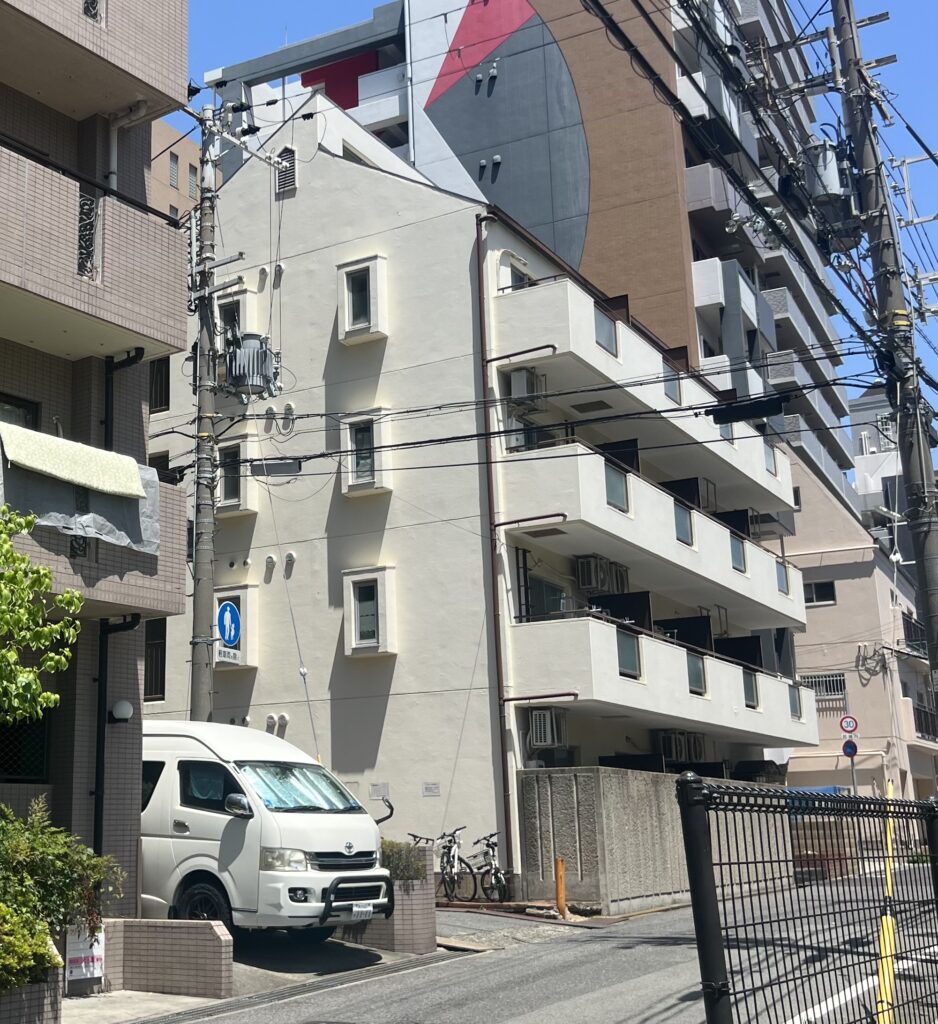
Leaving Kobe to the west one does not drive very far until the amazing new Akashi bridge comes into view. It was built just as we were leaving Japan, and now connects the Honshu mainland to the island of Awaji, which in turn forms a land bridge between Honshu and the island of Shikoku, the fourth of Japan’s four major islands. More on our travels in Awaji and Shikoku next blog.
Till next week….
Another “montage” of video clips from the week that was. Enjoy…….

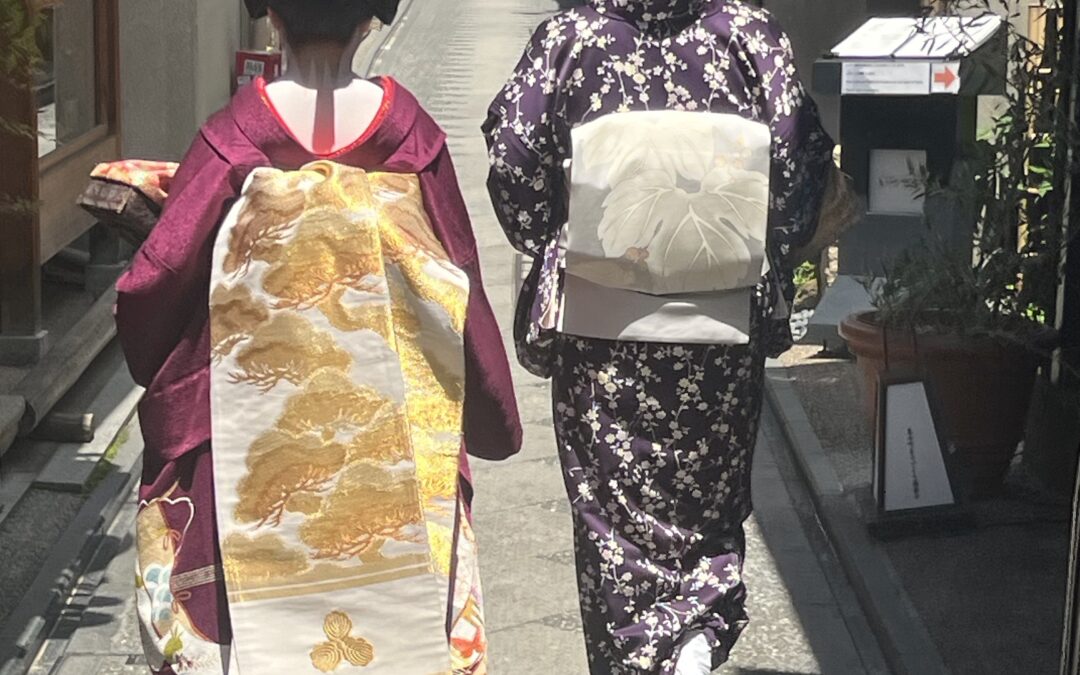
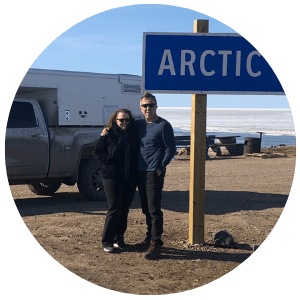
I was laughing for a minute when I saw the sign above the repair shop. I thought “could be risky getting repaired at wacko”
Lol ! Yes, I noticed it too. It’s some kind of chain / franchise. Unfortunate name in English !
Fantastic reading this Jeff! Sounds like you both had a good time reconnecting with old places and your previous boss. Photos look great 😊
Yes, it was really cool to be able to find him and reconnect. Lots of old stories to share ! Re photos, it’s not the “artist” it’s the “canvas” in this case lol !
Thanks for the update and pictures. Safe travels.
Most welcome !
That’s a great report.I enjoyed watching it. I’m excited about the report. I’m looking forward to the next repot.
Thank you Shige, glad to hear !
Very beautiful country and great photos, hope you are enjoying yourselves
Hi Phil,
Funny that you should write and say that. Lois and I are sitting here at a roadside rest area after a long day’s drive enjoying a view of the Japan Sea, and reflecting on exactly that – the fact that, pretty much everywhere you look every day when you are on the road you are looking at something very pretty ( except of course, when you are in the middle of a big city ! ). It’s incredibly green 😊